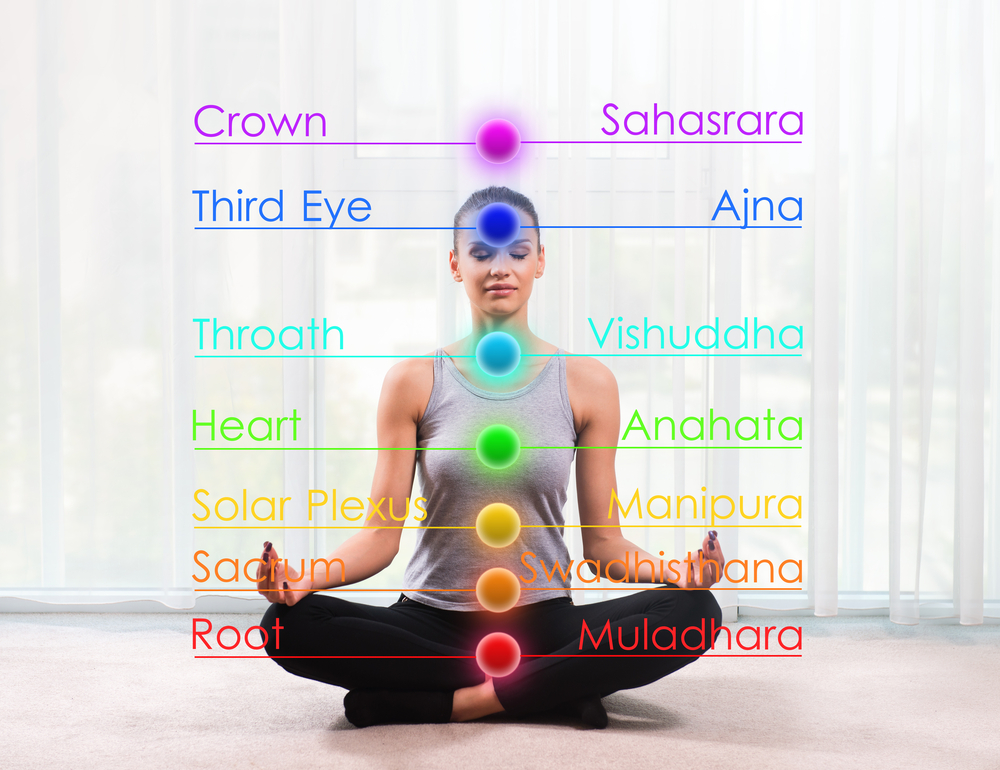Creative people have many faces. We all have areas where we are able to be creative. Each of us also has passion; much depends on what we like or are exposed to in our lives.
The powerful, driving force comes from our second Chakra, or Svadisthana. The second Chakra is a powerful one, and the subject of mature discussion, as it also governs sexual energy.

When the second chakra is properly balanced, we are able to empathize, to initiate and create and to share sincerely with others. This kind of sharing includes willingness to foster connections with others that are mutually beneficial and empowering to all parties.
When the second chakra becomes imbalanced, the impact is especially apparent.
When it is overcharged, due to a spiritual blockage that prevents energy from flowing upward to the third chakra and beyond, one can become overly self-serving, will act shallow and fail to recognize emotional boundaries with the self and with others. Sexual energy can also build to an unhealthy level.
Cat pose (Majaryasana), Doward Dog (Adho Mukha Svanasana) and Cobra (Bhujangasana) all can calm the second chakra down. Also, you can meditate on the color blue-use a a blue light or a piece of blue material to look at. One can modify Cobra into Sphinx pose (Salamba Bhujangasana)
If the second chakra is undercharged due to weak energy flow, one becomes emotionally cold, distrusting and overly sensitive.
Triangle pose (Trikonasana), Revopled Triangle pose (Parivrrta Trikonasana) and King Pigeon (Raja Kapotasana)-1st stage are all effective poses to help awaken the second chakra. You can also meditate on the color orange.
FIND PICTURES AND DESCRIPTIONS OF YOGA POSES IN THE ASANA INDEX AT:
http://yogadancer.com/
I have no affiliation with this site but it is a fabulous resource, so enjoy it and do donate if you can.
SOURCES:







